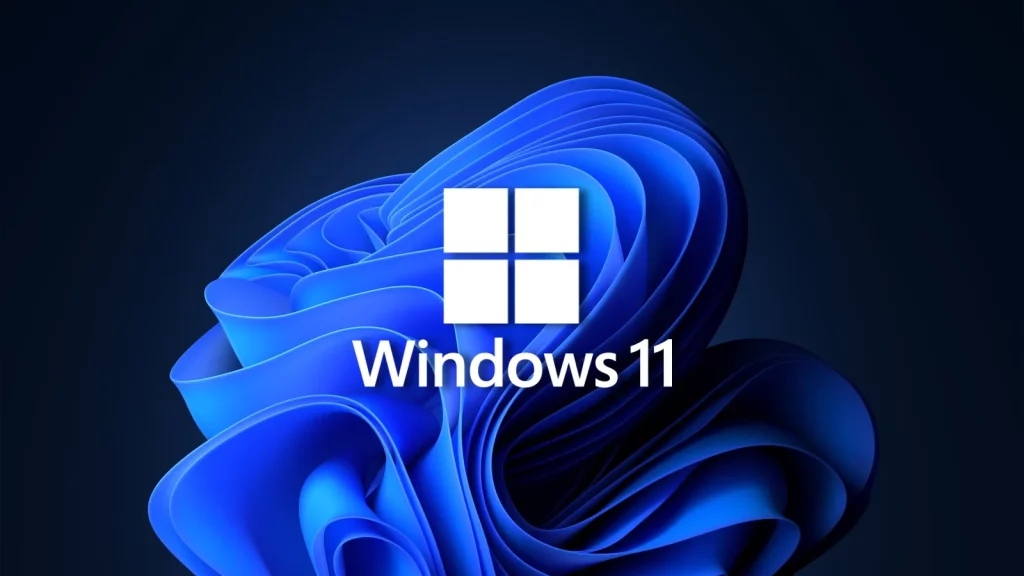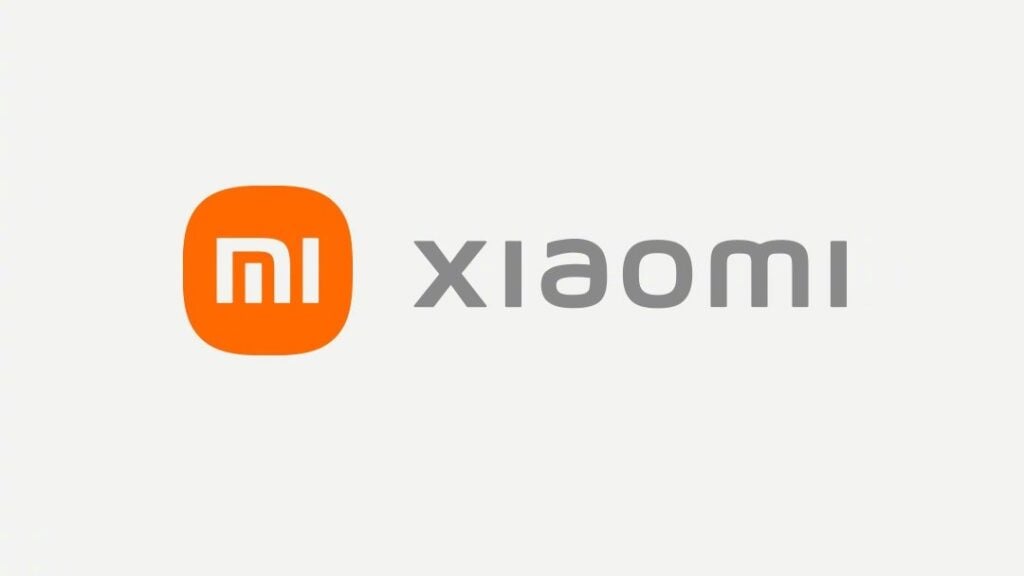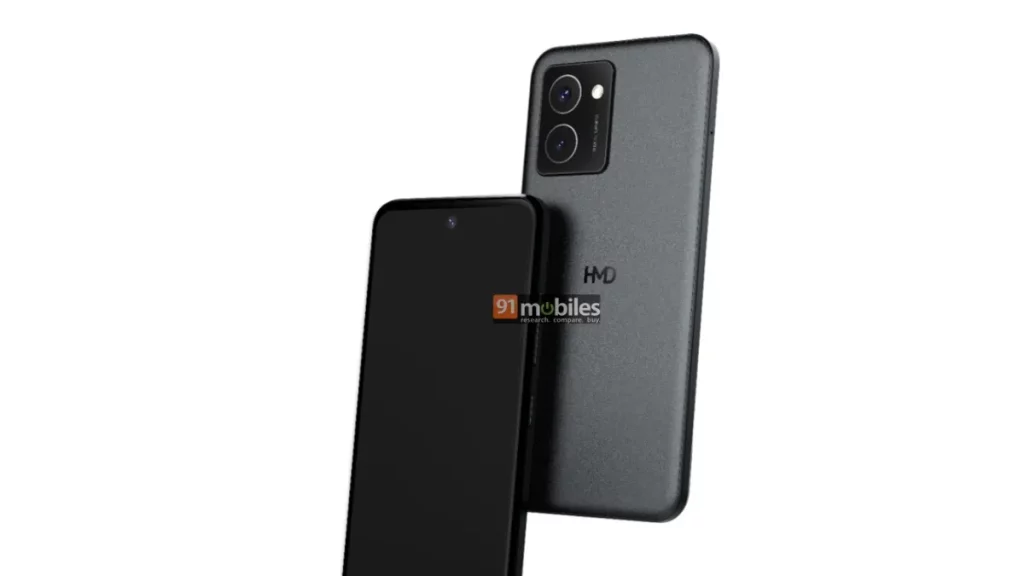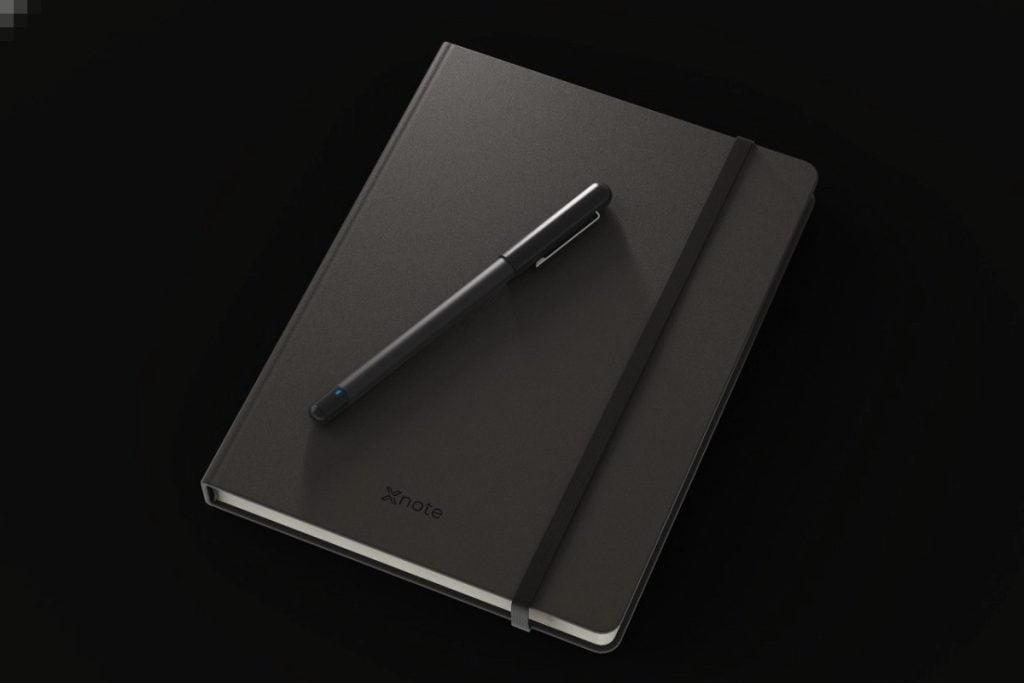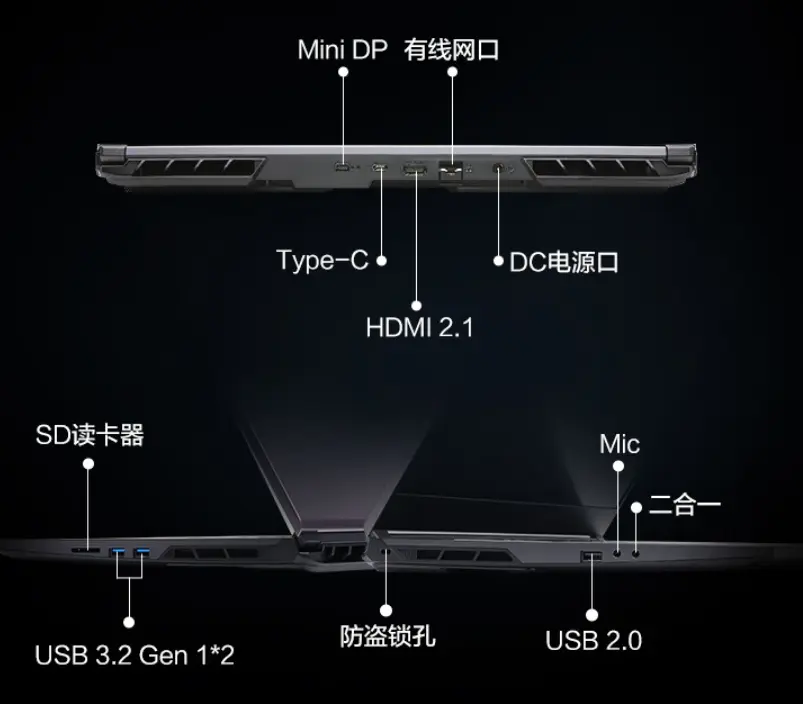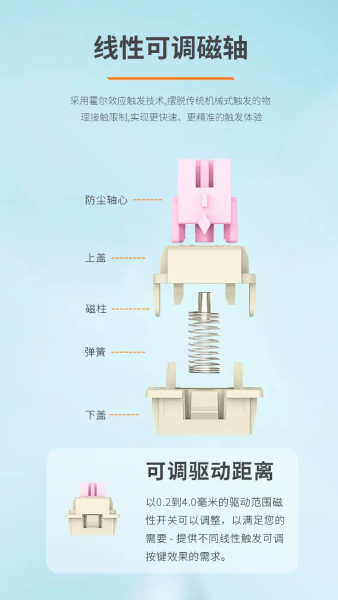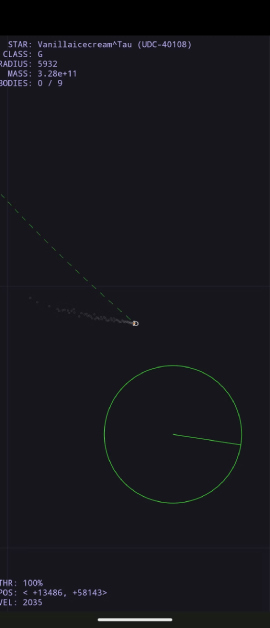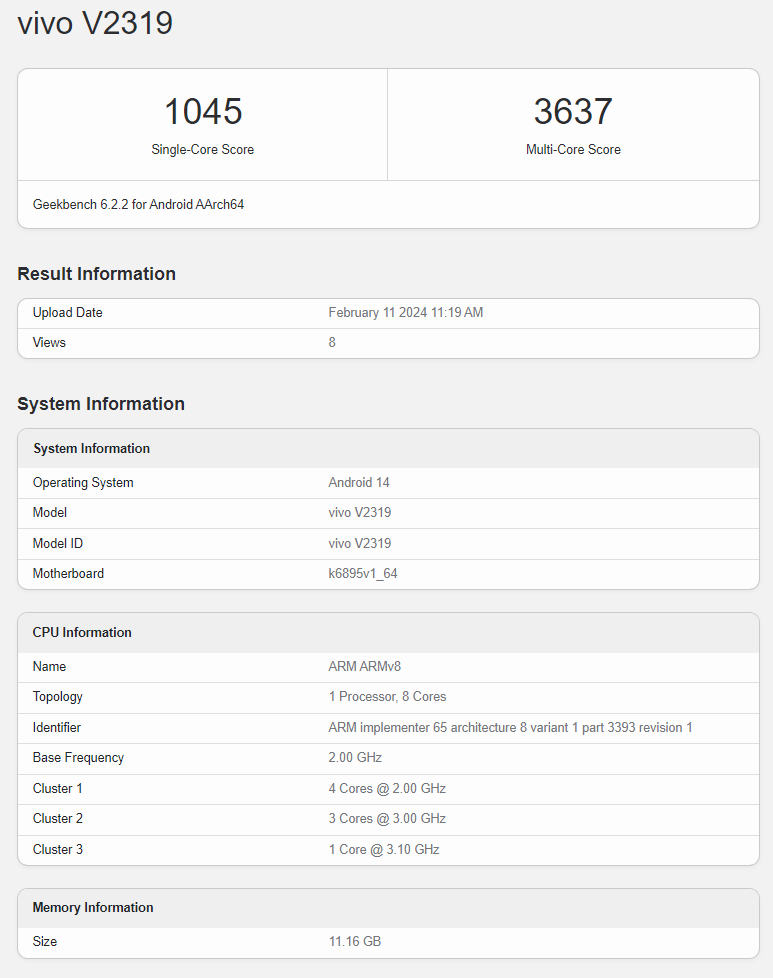Samsung’s upcoming fitness tracker, the Galaxy Fit 3 has been prematurely revealed in multiple ways. Samsung itself accidentally included the Galaxy Fit 3 on its website, and the official user manual is now even available online. Adding to this, a hands-on video showing the Galaxy Fit 3 has now surfaced online.
In the video, we can see the fitness tracker in two color options — black/dark gray and silver with a white wrist strap. Additionally, we can also see a couple of watch faces for the Galaxy Fit 3.
The new generation of Samsung’s fitness tracker differs notably from its predecessor, the Fit 2. While the Fit 2 had a capsule-style display, the Fit 3 boasts a wider rectangular display which should improve readability for texts and overall user experience.
Reports suggest it features a 1.1-inch always-on AMOLED display with a 5ATM rating for water resistance. Similarly, previous reports indicate that the tracker is equipped with an optical heart rate sensor for precise health monitoring.

It will track vital metrics such as heart rate, blood oxygen levels, and stress levels, while also offering features like step counting, exercise tracking, and sleep pattern analysis for comprehensive well-being insights.
Likewise, the Galaxy Fit 3 may sport a 200 mAh battery capacity, which is a notable increase of 41 mAh compared to its predecessor. It is expected to support 5W charging.
However, being a fitness tracker, it will lack support for third-party apps. While Samsung hasn’t officially announced a release date for the Galaxy Fit 3, the retail sightings suggest an imminent launch is highly likely.
Related:
- Samsung Galaxy Tab S6 Lite successor may have surfaced on GeekBench
- Samsung Galaxy Book 4 series to launch this month in India: Report
- Unlock Savings: Discount on Every Giztop Product under the New Year Sale
- Big Discount: AOOSTAR R1 N100 NAS Mini PC Only For $159
- Best VR / AR Headsets of 2023
- Best Robot Vacuums of 2023
(Via)


